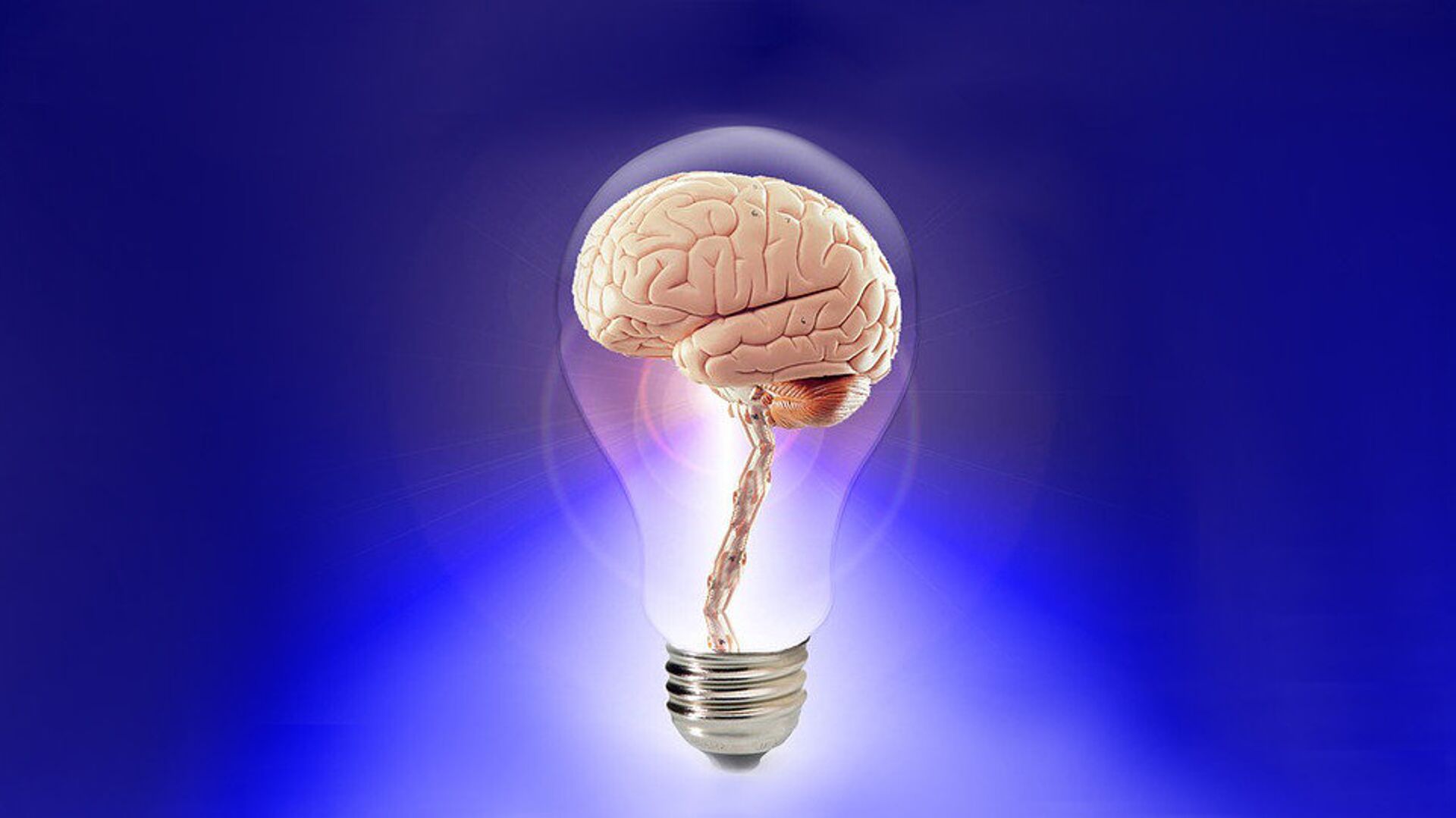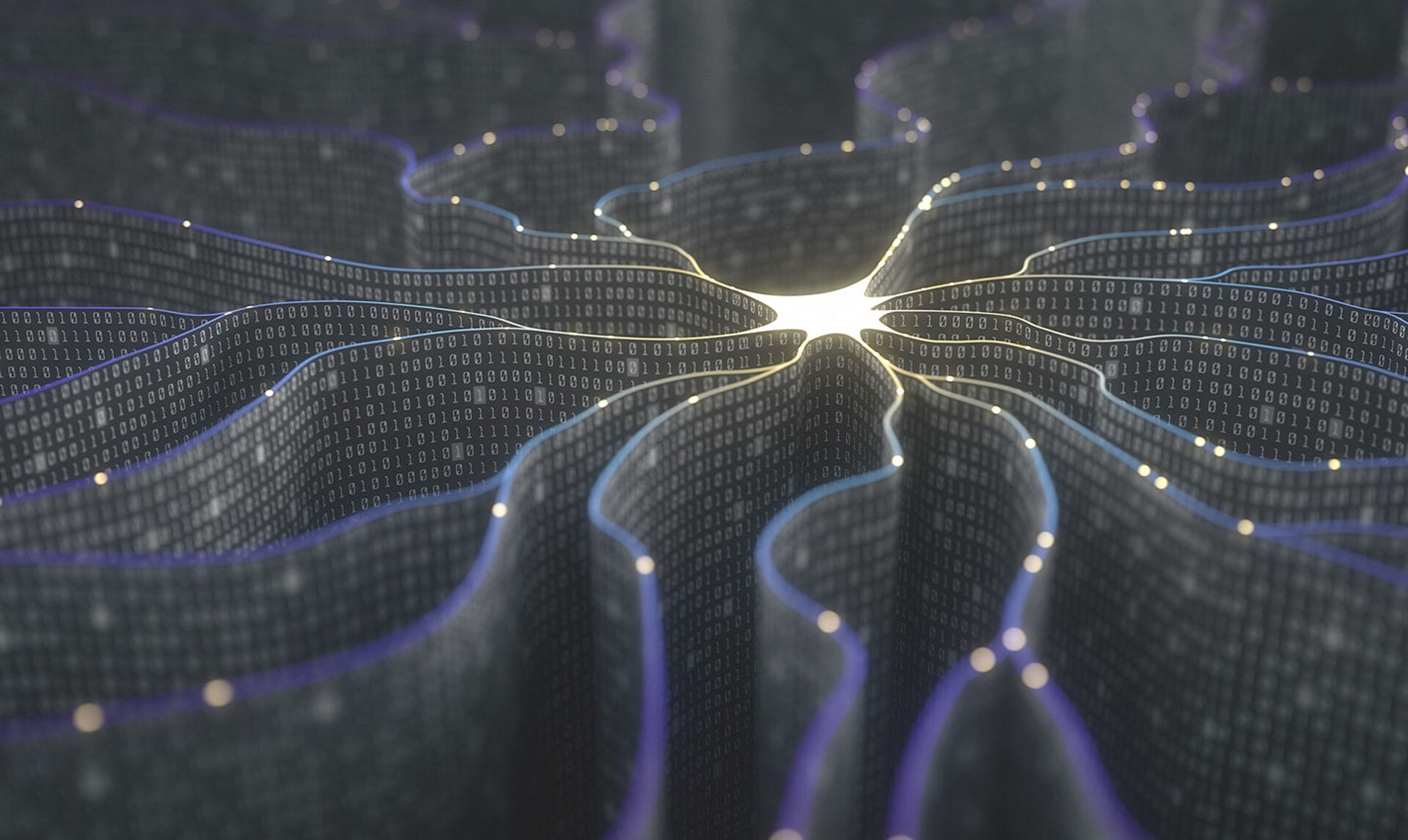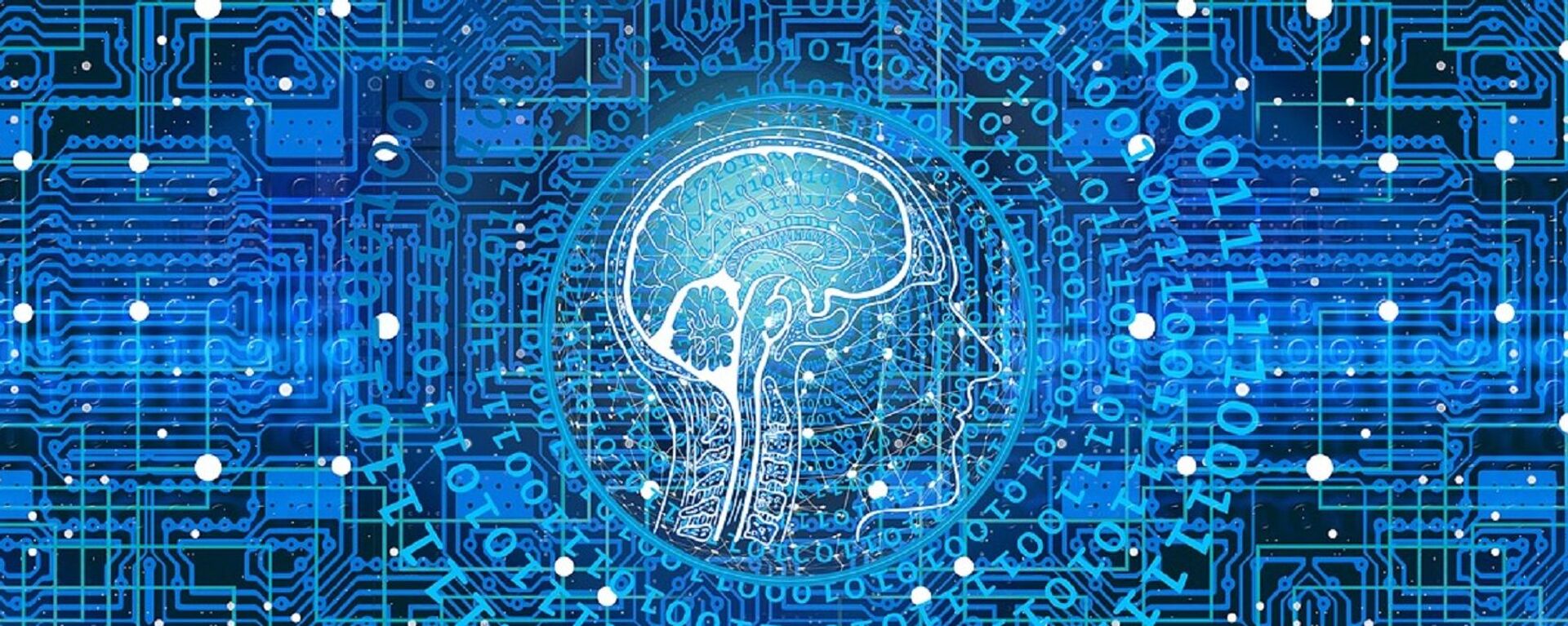https://sputnikglobe.com/20220604/human-like-ai-knowing-that-it-knows-created-in-neural-metamemory-breakthrough-study-1096009090.html
Human-Like AI ‘Knowing That it Knows’ Created in 'Neural Metamemory' Breakthrough Study
Human-Like AI ‘Knowing That it Knows’ Created in 'Neural Metamemory' Breakthrough Study
Sputnik International
Metamemory - also known as “metacognition” or a “self-awareness” of memory - refers to any judgement that is made about a memory and has important implications... 04.06.2022, Sputnik International
2022-06-04T12:40+0000
2022-06-04T12:40+0000
2022-06-04T13:51+0000
memory
artificial intelligence
ai
neural networks
https://cdn1.img.sputnikglobe.com/img/105168/87/1051688723_20:0:982:541_1920x0_80_0_0_1f5d3bcb658c9af11c671378ab4f2f3a.jpg
New research has brought scientists another step closer to creating an artificial neural network with metamemory.Metamemory is the process by which a person has cognitive awareness of their own memory capabilities and uses this "metacognition" to adjust their behaviour.Using a computer-based evolution experiment, a team from the Graduate School of Informatics at Nagoya University in Japan's Chikusa-ku, made use of the recent breakthroughs in designing artificial intelligence (AI) technology using neural networks that imitate human brain circuits.The findings of the study, 'Creating artificial intelligence that behaves more like a human by ’knowing that it-=knows’,' have been published in the online edition of the international scientific journal Scientific Reports.The Nagoya team comprising Professor Takaya Arita, Yusuke Yamato, and Reiji Suzuki created an artificial neural network model that was able to carry out a delayed ‘matching-to-sample’ task and subsequently analysed its behaviour.The ‘delayed matching-to-sample task’ is a typical go-to scheme when researchers study metamemory. In the case of humans, this task presupposes seeing an object, remembering it, and then participating in a test to select the aforementioned object from a multiple selection of things.Throughout the test, for which a human would naturally use their metamemory, correct answers are rewarded and wrong answers punished. Previous studies revealed that monkeys could also perform this task.The model employed by the research team from Nagoya was able to evolve to the point that it performed the tasks with success similar to that of monkeys. The neural network created by the study could examine its memories, retain them and even separate outputs without any help from the researchers.This achievement, according to the team, may be instrumental in providing clues to the eventual “realisation of artificial intelligence with a ‘human-like mind’ and even consciousness.”
https://sputnikglobe.com/20220525/hiv-drug-may-improve-memory-prevent-dementia-study-finds-1095780593.html
https://sputnikglobe.com/20220604/text-to-image-ai-developed-its-own-language-study-claims-1096008797.html
Sputnik International
feedback@sputniknews.com
+74956456601
MIA „Rossiya Segodnya“
2022
News
en_EN
Sputnik International
feedback@sputniknews.com
+74956456601
MIA „Rossiya Segodnya“
Sputnik International
feedback@sputniknews.com
+74956456601
MIA „Rossiya Segodnya“
memory, artificial intelligence, ai, neural networks
memory, artificial intelligence, ai, neural networks
Human-Like AI ‘Knowing That it Knows’ Created in 'Neural Metamemory' Breakthrough Study
12:40 GMT 04.06.2022 (Updated: 13:51 GMT 04.06.2022) Metamemory - also known as “metacognition” or a “self-awareness” of memory - refers to any judgement that is made about a memory and has important implications for how people learn and use their recollections.
New research has brought scientists another step closer to creating an artificial neural network with metamemory.
Metamemory is the process by which a person has cognitive awareness of their own
memory capabilities and uses this "metacognition" to adjust their behaviour.
Using a computer-based evolution experiment, a team from the Graduate School of Informatics at Nagoya University in Japan's Chikusa-ku, made use of the recent breakthroughs in designing
artificial intelligence (AI) technology using neural networks that imitate human brain circuits.
The findings of the
study, 'Creating artificial intelligence that behaves more like a human by ’knowing that it-=knows’,' have been published in the online edition of the international scientific journal Scientific Reports.
The Nagoya team comprising Professor Takaya Arita, Yusuke Yamato, and Reiji Suzuki created an artificial neural network model that was able to carry out a delayed ‘matching-to-sample’ task and subsequently analysed its behaviour.
“To clarify the evolutionary basis of the human mind and consciousness, it is important to understand metamemory. A truly human-like artificial intelligence, which can be interacted with and enjoyed like a family member in a person’s home, is an artificial intelligence that has a certain amount of metamemory, as it has the ability to remember things that it once heard or learned,” explained lead author Professor Arita.
The ‘delayed matching-to-sample task’ is a typical go-to scheme when researchers study metamemory. In the case of humans, this task presupposes seeing an object, remembering it, and then participating in a test to select the aforementioned object from a multiple selection of things.
Throughout the test, for which a human would naturally use their metamemory, correct answers are rewarded and wrong answers punished. Previous studies revealed that monkeys could also perform this task.
The model employed by the research team from Nagoya was able to evolve to the point that it performed the tasks with success similar to that of monkeys. The neural network created by the study could examine its memories, retain them and even separate outputs without any help from the researchers.
“The need for metamemory depends on the user's environment. Therefore, it is important for artificial intelligence to have a metamemory that adapts to its environment by learning and evolving. The key point is that the artificial intelligence learns and evolves to create a metamemory that adapts to its environment,” said Professor Arita.
This achievement, according to the team, may be instrumental in providing clues to the eventual “realisation of artificial intelligence with a ‘human-like mind’ and even consciousness.”




